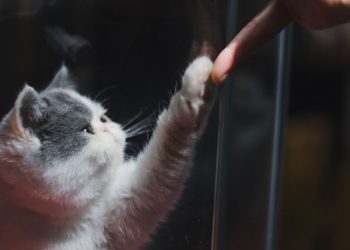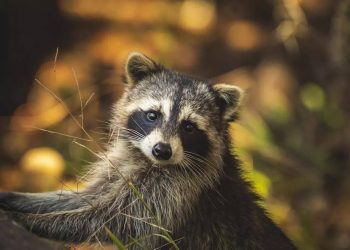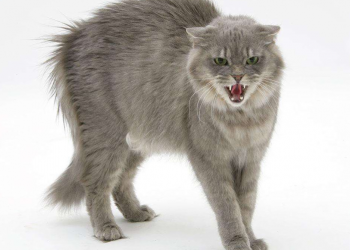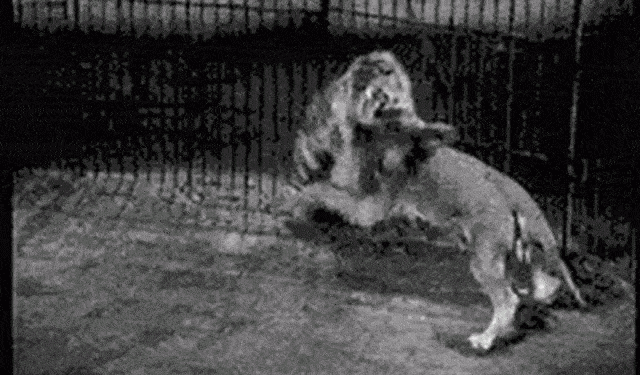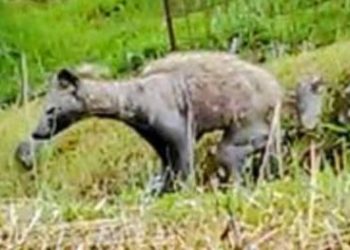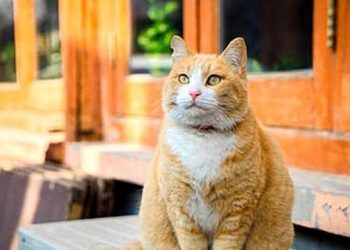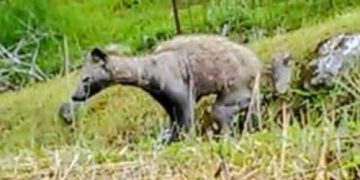The earth is the only planet with colorful life in the universe. In the course of evolution of hundreds of millions of years, tens of millions of life forms have evolved. However, with the emergence of human beings, human beings have become the only Life forms have a huge impact, and even dominate the living creatures. Under the influence of human beings, many creatures on the earth have become extinct, and more creatures are on the verge of extinction.
According to the International Union for Conservation of Nature (IUCN), a Red Book on the Status of Global Species released every few years, 15,589 species are threatened with extinction in the most recent Red List of Species.
These include 12% birds, 23% mammals, 32% amphibians, 25% gymnosperms, 52% cycads, 42% turtles, 18% shark rays, 27% East Africa Freshwater fish.
Today, let’s learn about six species of animals that became extinct at the hands of humans.
The first is the Caspian tiger, the Bali tiger, the Javan tiger and the South China tiger that has disappeared in the wild.
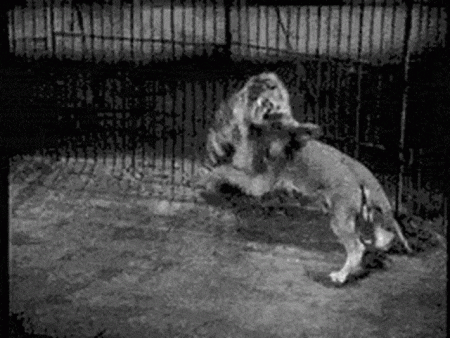
tiger
Tiger is a young species. It has only been more than two million years since its birth. They share a common ancestor with lions, but their evolutionary history is much shorter. From the perspective of species evolution, tigers are undoubtedly young. Yes, it can be said that it is just at the initial stage of evolution, and there is still sufficient room for evolution. In this short period of time, tigers have become the most powerful beasts on the earth. It cannot be said that they are outstanding. Facts have proved that before the industrial age, tigers were indeed very successful, covering almost all parts of Asia, and became the further development of human beings to the wild. The stumbling block of expansion, and taking the advantage in the competition for human survival, brought deep fear to the ancient people. This is also reflected in many historical documents in our country. Since the Han Dynasty, there are many records about tiger plagues, which also shows that The success of tiger survival strategy.
If evolution continues on the established trajectory, the tiger is likely to continue to develop into the most successful animal. However, with the advent of the industrial age, human beings have entered the era of thermal weapons, the tiger’s physical advantage has disappeared, the living standard of human beings has been greatly improved, and the development of medicine has made the population increase sharply. Natural resources, many wild animals have lost their habitats, and tigers are naturally the first to bear the brunt. The intensification of human-tiger conflicts has led to a large number of tigers being hunted. In the past few decades, Caspian tigers, Java tigers, and Bali tigers have become extinct one after another. The South China tiger has completely lost its wild habitat and has to survive in zoos around the world, while other tigers can only survive in the protected areas designated by humans.
The overall number of tigers has also dropped by more than 95%. From the perspective of species evolution, tigers have basically lost the ability to continue to evolve.
The second, the dodo.
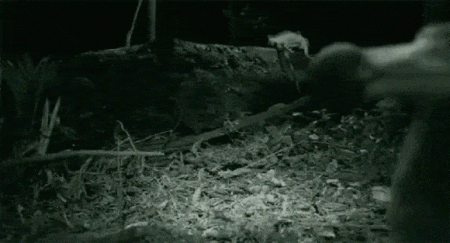
The dodo is the national bird of Mauritius, an island country in Africa. Its status is the same as that of the giant panda in my country. It belongs to the national treasure level animal. And the dodo is not so lucky. Even in Mauritius, most people don’t know the real image of the dodo. At this stage, the image of the dodo is fat, as fat and stupid as a turkey. look. In fact, dodos are large pigeons. Since they have no natural enemies, they cannot fly and are accustomed to running on the ground. They are not fat, but rather agile.
It’s just that with the arrival of the colonists, Mauritius was ruled by European colonists and developed into a plantation estate. A large number of ships were transported, not only goods and colonists, but also cats, dogs, mice and other islands. Species that didn’t exist before, these animals became the most competitive animals on the island when they arrived on the island, and animals like the dodo soon became their food. Eggs and pups also became food for mice. The dodos in the wild quickly disappeared, and some of the remaining ones were domesticated by the colonists. The large amount of feeding and the lack of exercise made the dodos become fat and uncoordinated.
When the dodo was on the verge of extinction, a European painter drew the image of the dodo based on the dodos raised by humans, and the dodo was regarded as a cute, fat, and incongruous animal image.
The third, the sea cow.
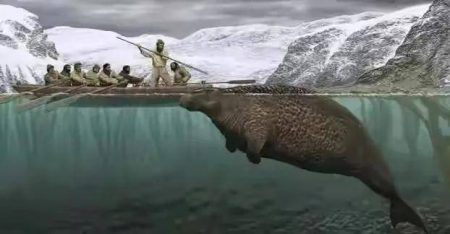
sea cow
Sea cows are the largest manatees living on earth. They are similar in shape to today’s small manatees, but much larger. They live in the mouths of rivers in the Bering Strait and are originally a source of joy away from humans. But with the development of maritime technology and the rise of colonialism, a large number of European adventurers set out along the ocean currents carrying weapons, they never carried food, the only thing they carried was weapons, plundering along the way, whether it was animals, plants or slaves, until Return when the goods are full. Although some animals are not on the loot list, they have become their food supply. The sea cow is one of them. The sea cow is huge and docile. It has never seen a human manatee, and has no vigilance against human beings. According to the Italian crew who hunted the sea cow for the first time, the taste of the sea cow reminded them of the taste of their hometown beef.
Since then, the Bering Strait, where the sea cows live, has become a supply station for batches of colonists. They have been hunted as a source of food, and the scope of plunder by the colonists has been further increased. As the colonists solved the food problem, many living The more remote animals in the area, such as the great auk, have followed in the footsteps of the sea cow, and have been eaten up by the colonists in just a few decades.
The fourth, the Barbary lion.
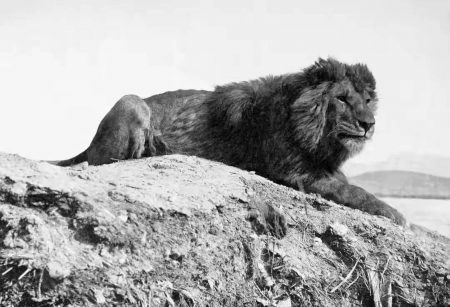
Barbary Lion
The Barbary lion is the largest lion in the world for hundreds of years. Nowadays, many people have a lot of controversy about the status of lions and tigers in the wild animal world. Because the size of the Siberian tiger and the Bengal tiger is much larger than the average lion, so Many people think that tigers are the most powerful cats on earth. In fact, there was once a type of lion that was comparable in size to the Siberian tiger, and they were the Barbary lion.
Barbary lions mainly live in North Africa. They have the earliest contact with humans. In ancient Roman times, the lions were well-deserved protagonists in the famous Colosseum. The source of these lions is the Barbary lion. The Barbary lion has very thick hair. It has distinct black hair on the neck and abdomen, and the roar is alarming. This stalwart lion was hunted and captured in small numbers by humans until it was rapidly extinct during the colonial era.
The fifth kind, the Chinese pure pastoral dog.
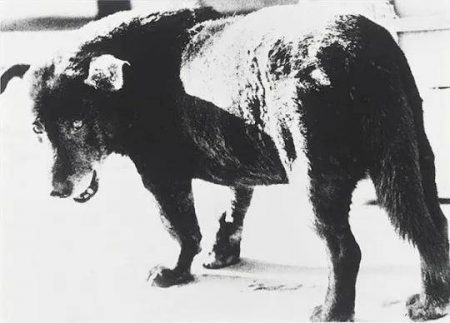
Pastoral dogs used to be widely distributed in my country. They have colorful shapes, some small, some tall, and have various personalities. In the process of getting along with humans for a long time, pastoral dogs also have different regions like humans. Features: With the development of the times, the transportation is becoming more and more convenient, some pet dogs are raised in large numbers, and the pastoral dogs are not loved, and the bloodlines have become mottled, and there are few pure pastoral dogs left.
The reason why so many creatures on earth are going extinct is because biodiversity faces 6 major threats,
First, the loss or fragmentation of habitats; the expansion of human demands for the environment in the industrial age encroached on the habitats of wild animals.
Second, the invasion of alien species; the development of the transportation industry has increased the risk of alien species invasion.
Third, environmental pollution; the inevitable result of industrial development.
Fourth, the population explosion; a sharp increase in the number of people, an increase in human demand, and a corresponding decrease in wild animals.
Fifth, overuse. Overexploitation of natural resources such as forests, oceans, and grasslands has accelerated the decline of wildlife.
Sixth, the hunting of the former colonists. During the colonial period, wild animals around the world were killed indiscriminately, their numbers plummeted, and the number of extinct species was the largest.

